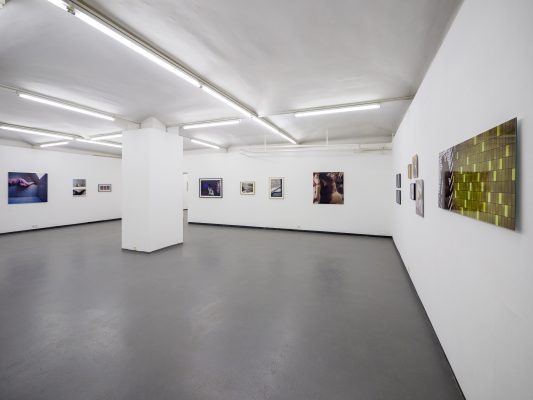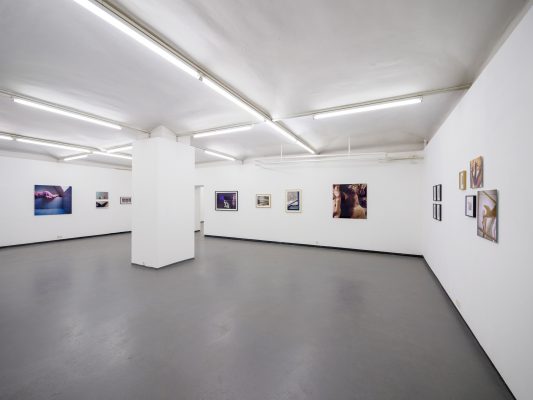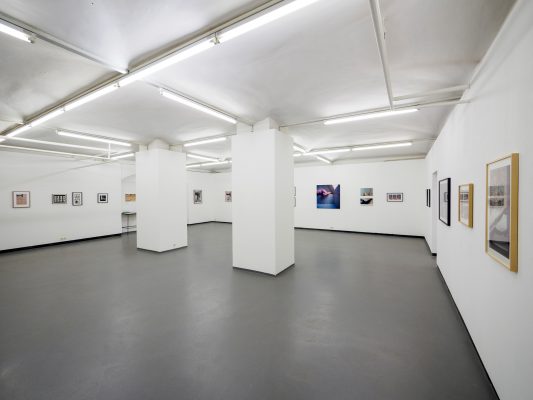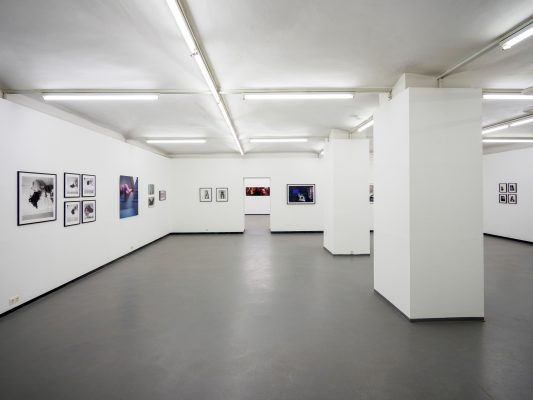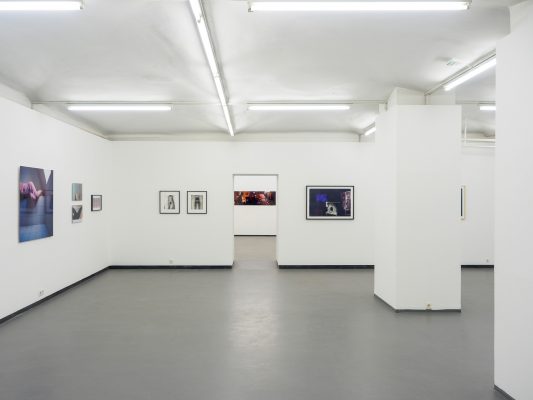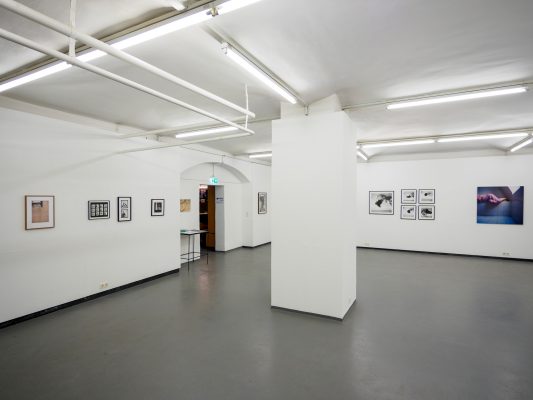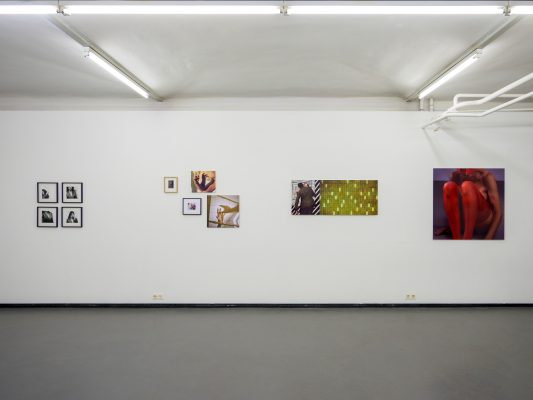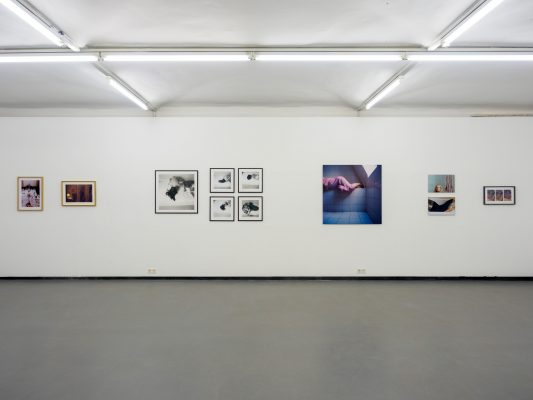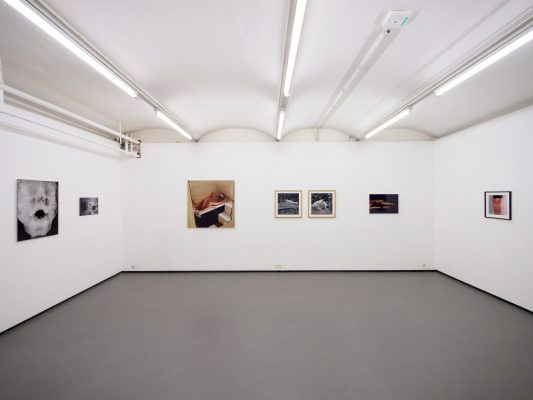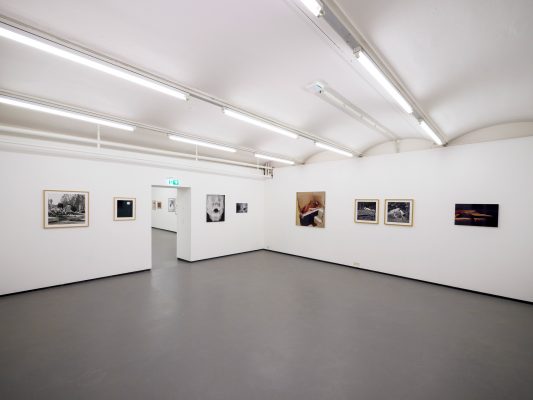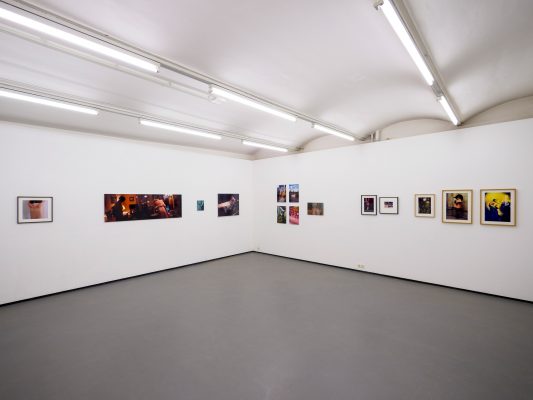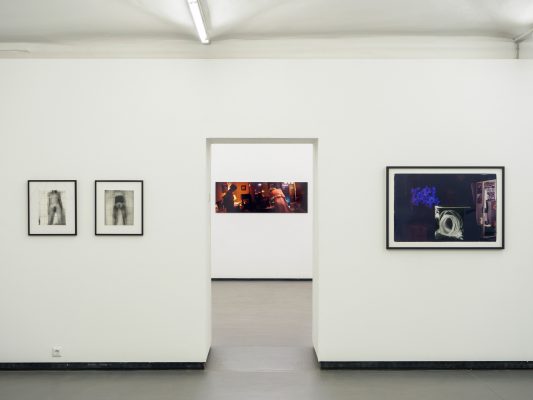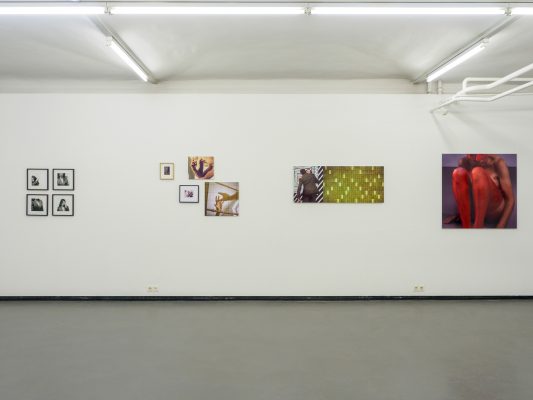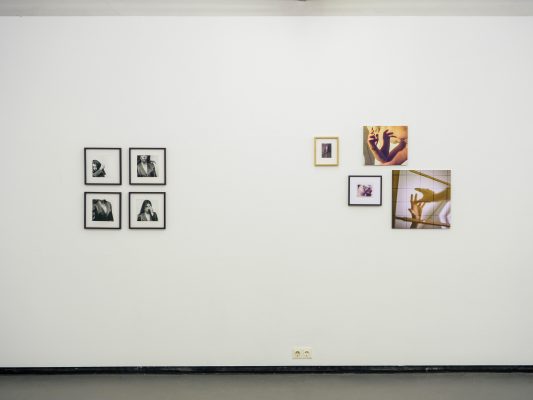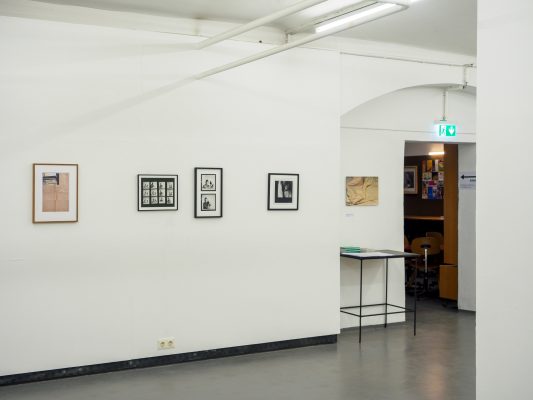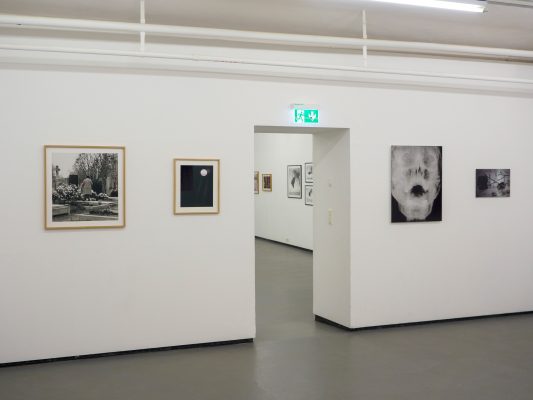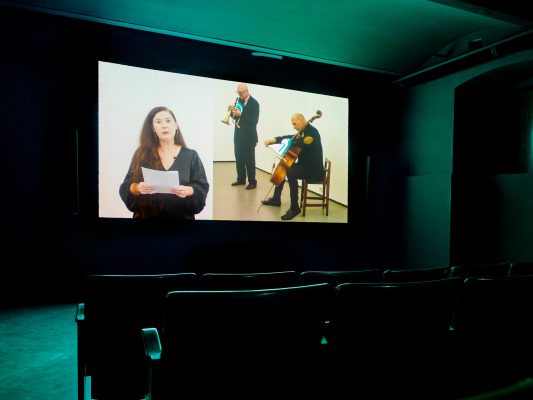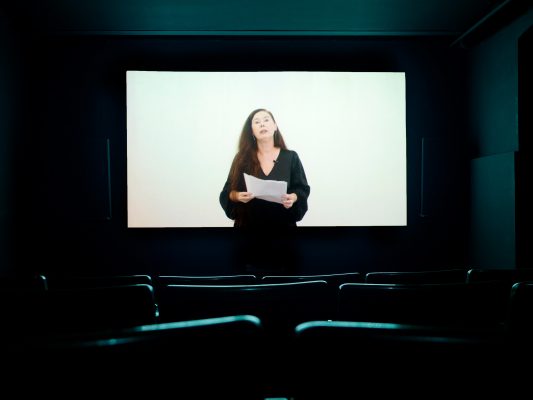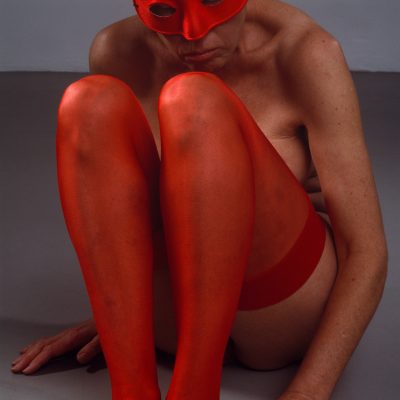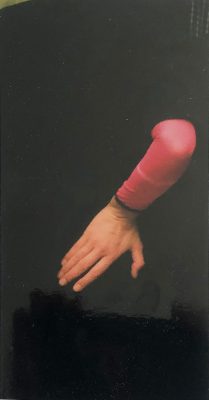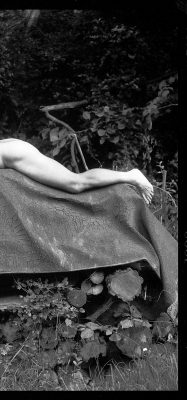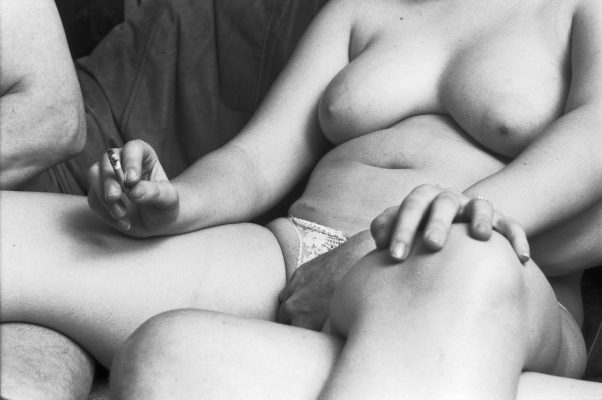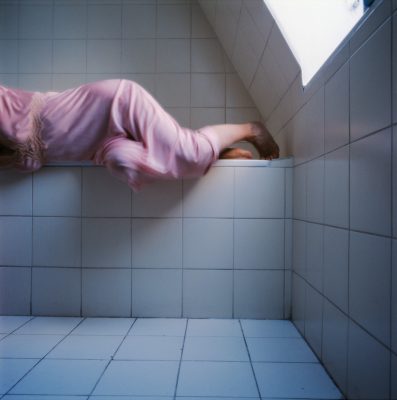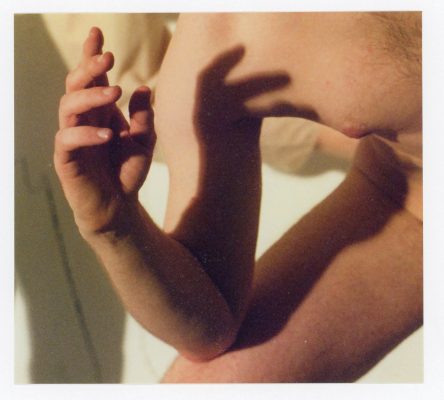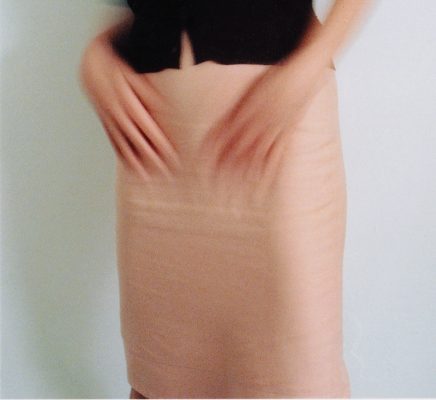Opening and catalogue presentation: Monday, 11 October 2021, 7 p.m.
Opening speech: Michaela Lindinger
Duration: 12 October–13 November 2021
Artist Talk: Thursday, 4 November, 7 p.m
sponsored by: BMKOES; MA7-Kultur; Cyberlab
WERKSCHAU XXVI is the continuation of the annual series of exhibitions in the FOTOGALERIE WIEN which has been going on for the last 26 years. They present contemporary artists who have significantly contributed to the development of art photography and the new media in Austria. To date there has been a cross section of work by Jana Wisniewski, Manfred Willmann, VALIE EXPORT, Leo Kandl, Elfriede Mejchar, Heinz Cibulka, Renate Bertlmann, Josef Wais, Horáková + Maurer, Gottfried Bechtold, Friedl Kubelka, Branko Lenart, INTAKT – Die Pionierinnen (Renate Bertlmann, Moucle Blackout, Linda Christanell, Lotte Hendrich-Hassmann, Karin Mack, Margot Pilz, Jana Wisniewski), Inge Dick, Lisl Ponger, Hans Kupelwieser, Robert Zahornicky, Ingeborg Strobl, Michael Mauracher, PRINZGAU/ podgorschek, Maria Hahnenkamp, Robert F. Hammerstiel, Sabine Bitter & Helmut Weber, Michaela Moscow and Günther Selichar. For WERKSCHAU XXVI we are glad to present the work of artist Heidi Harsieber.
Photographer Heidi Harsieber has an eye for the incongruous in an ostensibly ordered world. She notices it and captures it through the eye of her camera. Often one has to look a number of times in order to be able to precisely determine what is unsettling. But even a glance can, in a split second, trigger a feeling of unease. Something puzzling, terrifying, horrifying invades a situation in which one should actually feel safe. Heidi Harsieber’s photographic universe is peopled by bodies and body parts. At times the photographer approaches her subject matter like a fashion photographer, she arranges a dress, a stocking, long hair. And yet there is always something ambiguous that demands something from the viewer. One has to get involved.
Age, loneliness, illness, inner and outer infirmity, sex and gender, the uncertain floating of left-alone bodies hovering between death and life, a feeling of being lost: Heidi Harsieber insistently confronts us with these subjects without mercy or taboos. It is by no means easy to deal with these images and thus with oneself. From the subject of “death” one quickly gets to the subject of “sex”. Physicality and eroticism appear in numerous variations with Heidi Harsieber. It can be red stockings on an otherwise naked woman’s body. Even more conspicuous: two legs in white stockings in high heels. The rest of the body has to be supplemented by the eye. And only then do you see it: the left leg is bandaged with white gauze bandages. Sex is a not always positively illuminated subject in Heidi Harsieber’s work. We are more likely to think of dangerous situations: unintentional, unconsidered, unexpected and unwanted this way. The show of flesh, literally and metaphorically. At the centre of a photo triptych in which there is a Madonna-like woman, young, rotund and with bare breasts. She is surrounded by male limbs, tattooed, muscular, possessive but faceless. The woman closes her eyes. How many people are involved here? What is about to happen?
At the beginning of her career Heidi Harsieber was the youngest professional photographer in Austria. She worked mainly for the fashion and tableware industries. For a long time now humans and their body (images) have been the preferred subjects of the successful photo artist. The fact that loss and death are prevalent themes here is inherent in the portrait genre. A person’s picture serves their memory. If we weren’t mortal, why should we take a portrait? Michaela Lindinger
